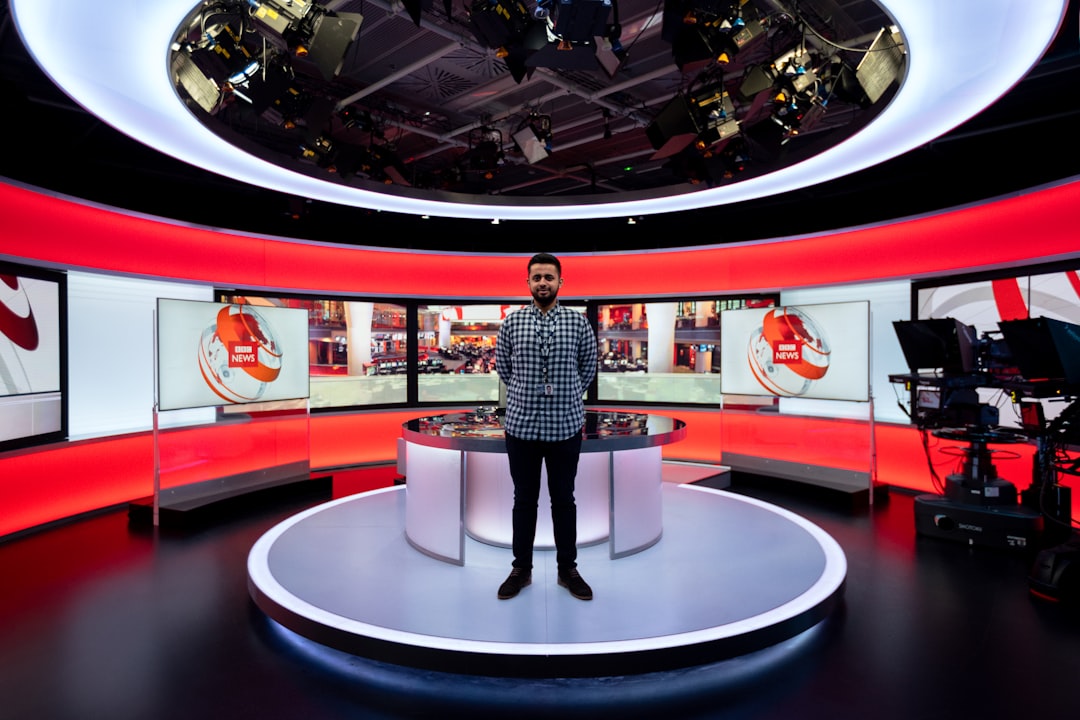The Impact of COVID-19 on Television: How the Pandemic Changed Viewing Habits
The Impact of COVID-19 on Television: How the Pandemic Changed Viewing Habits
The COVID-19 pandemic has undoubtedly had a profound impact on various aspects of our lives, and one area that has seen significant changes is television viewing habits. With people around the world spending more time at home due to lockdowns and social distancing measures, television has become a primary source of entertainment and information. Let's explore how the pandemic has transformed the way we watch television.
1. Increase in TV consumption
As people found themselves confined to their homes, the demand for television content skyrocketed. With limited options for outdoor activities, individuals turned to television as a means of escape and entertainment. According to recent studies, TV consumption increased by an average of 60% during the pandemic.
2. Shift towards streaming services
Streaming services like Netflix, Amazon Prime, and Disney+ experienced a surge in popularity during the pandemic. With movie theaters closed and new releases delayed, people sought out alternative sources for fresh content. The convenience, affordability, and vast library of shows and movies offered by streaming platforms made them an attractive option for viewers.
3. Rise of binge-watching
With more free time on their hands, many individuals embraced the art of binge-watching. The ability to watch multiple episodes or even entire seasons of a show in one sitting became a popular pastime. Binge-watching not only provided a distraction from the uncertainties of the pandemic but also allowed viewers to immerse themselves in captivating storylines.
4. Emphasis on news and information
During times of crisis, people turn to television for accurate and up-to-date information. News channels witnessed a significant increase in viewership as individuals sought the latest updates on the pandemic. The demand for reliable news sources led to a surge in subscriptions to news channels and online news platforms.
5. Virtual events and live streaming
With the cancellation of in-person events, television played a crucial role in bringing virtual experiences to audiences. Concerts, award shows, and even graduation ceremonies were live-streamed, allowing people to participate from the comfort of their homes. This shift towards virtual events not only provided entertainment but also highlighted the adaptability of television as a medium.
6. Family viewing and shared experiences
The pandemic brought families closer together, and television became a shared experience for many households. Families gathered around the TV to watch movies, binge-watch shows, or enjoy live sports events. This shared viewing experience fostered a sense of togetherness and provided an opportunity for families to bond during challenging times.
7. Evolving advertising strategies
The pandemic forced advertisers to rethink their strategies as consumer behavior shifted. With more people streaming content, traditional television advertising faced challenges. Advertisers had to adapt by exploring new avenues such as product placement, influencer marketing, and targeted online ads to reach their target audience effectively.
8. Impact on production and content
The pandemic disrupted television production schedules, leading to delays in the release of new shows and seasons. Many productions were put on hold, and some series had to be reimagined to incorporate social distancing measures. This resulted in a shift towards alternative content formats, including documentaries, reality shows, and animated series.
In conclusion, the COVID-19 pandemic has reshaped television viewing habits in numerous ways. From increased consumption and the rise of streaming services to the emphasis on news and virtual events, television has played a vital role in keeping us informed, entertained, and connected during these challenging times. As we move forward, it will be interesting to see how these changes continue to shape the future of television.








